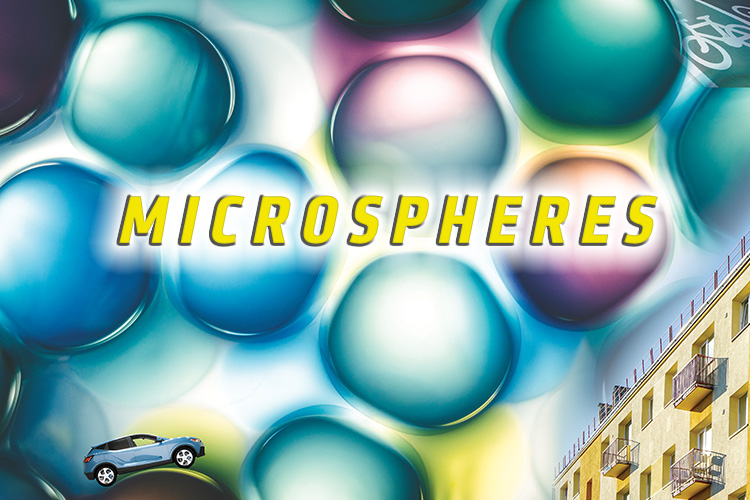By Cynthia A. Gosselin, Ph.D., The ChemQuest Group
While researching the world of paint and coatings additives for what was new and novel, an article written in June 2020 caught my attention. It was an in-depth analysis of the myriad of additives that are ubiquitous in paints, coatings, and adhesives.
Composing only 4% of a coating, chemical additives are instrumental to coatings manufacturing, shelf-life stability, successful application onto substrates, film formation, and ultimately, appearance, performance, and durability. Ironically, this seemingly endless array of additives is the smallest of the global raw material categories, as defined by World Coatings Council data, representing only 0.5% of total usage volume under the anonymous category of “Other.”
More importantly, consolidation of raw materials and coatings companies, coupled with environmental constraints, has led to decreased availability of “preferred tried-and-true” raw materials. This has forced formulators to embark on the uncomfortable task of extracting multifunctional properties from the remaining additives.
That article ended with the observation that there was “plenty of room for innovative thinking, by both the additive producers and the coatings formulators, with regard to the subject of polyfunctional additives for paints and coatings. The challenge is here . . . and the time to accept it is now.”
That last sentence challenging the status quo shouted that another treatise governing the myriad of chemical paint additives would be redundant at best. The academic literature and trade publications contain everything that is currently known about traditional additives for paints and coatings. Rather, a different analytical approach to examining the world of additives would be more interesting and perhaps a small step forward to “accepting the challenge.”
This musing led to the obvious question: “If not wetting/dispersing agents, rheological modifiers, foam control, surface modifiers, flow and leveling agents, catalysts, driers, adhesion promoters, biocides, stabilizers, plasticizers, et al., then what?” After all, Robert Ruckle, global marketing and sales director of Siltech Corporation, likened additives to the “flavors and spices” of a coating by comparing the plethora of choices to a “secret chili recipe.” Chili, like paint, derives signature characteristics from the special blend of secret additives. Clearly, another path of examination would be required.
ADDITIVE CHALLENGE ACCEPTED: MICROSPHERES
Another category of additives called microspheres has been gaining popularity in coatings and adhesive applications in recent years. Microspheres are functional additives that physically modify coatings and films, generating special final properties without chemically based “steroids.”
Microspheres have long been used in the medical community for cancer research, invitro drug release, biological protocols, flow visualization, and imaging. Industrial uses include LCD screen spacers, particle sieve standards, electrical potting compounds, and polymeric material lightweighting and/or strengthening.
The first official definition of a microsphere was developed by the International Union of Pure and Applied Chemistry (IUPAC) for the medical community:
Microsphere: A microparticle of spherical shape without membrane or any distinct outer layer. (See microcapsule.)
Note: The absence of outer layer forming a distinct phase is important to distinguish microspheres from microcapsules because it leads to first-order diffusion phenomena, whereas diffusion is zero order in the case of microcapsules.
Recently, as microspheres become more prevalent in a wide variety of industries, the definition has been clarified and expanded. Microspheres Online—the definitive data base supporting worldwide microsphere research—provides the following definition:
Microsphere is a term used for small solid spherical particles with diameters in the micrometer range (typically 1 micron to 1000 micron).
Continue reading in the October 2022 digital issue of CoatingsTech.
